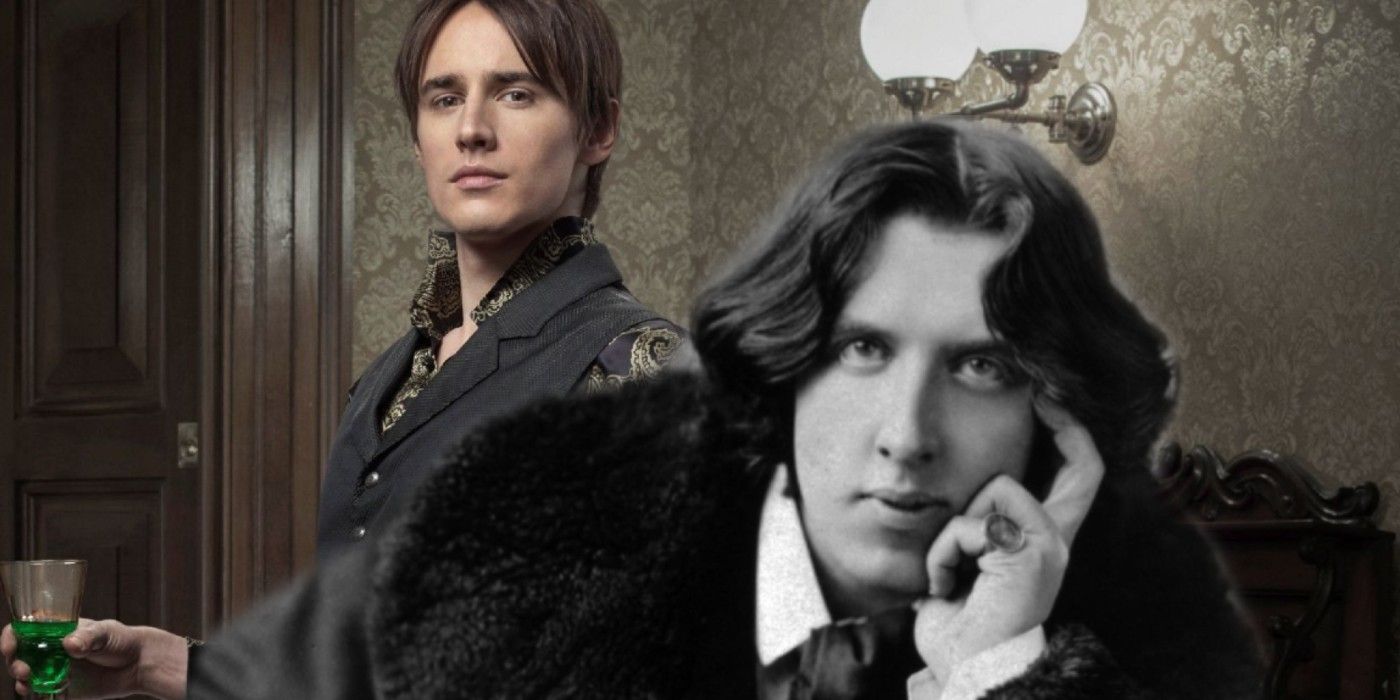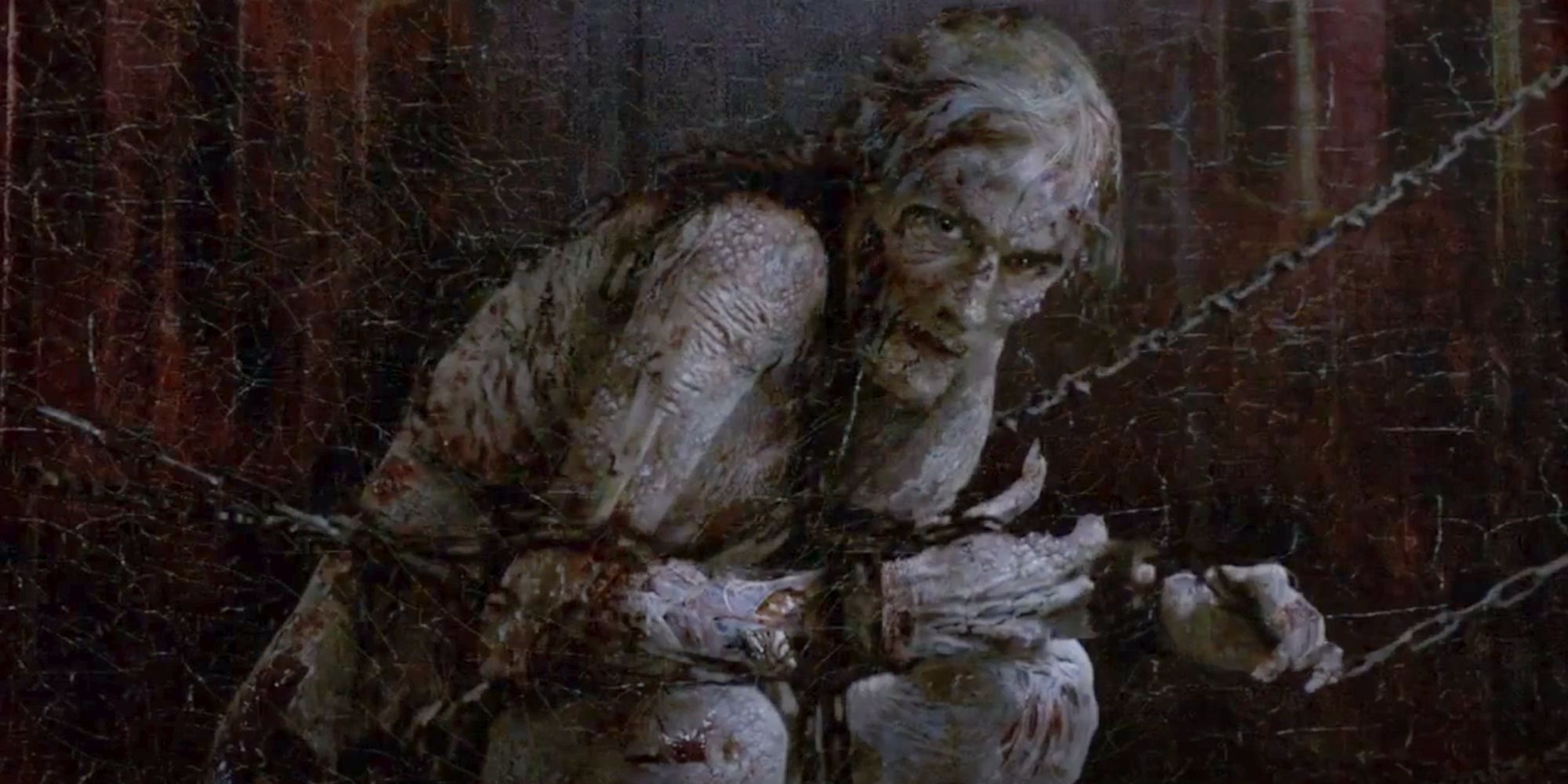John Logan’s horror television series Penny Dreadful features one of the most iconic literary characters of all time, Dorian Gray. While Logan’s character shares various similarities with Oscar Wilde’s original 1890 gothic novel The Picture Of Dorian Gray, there are numerous differences. He is an encapsulating figure who has stood the test of time and, in Penny Dreadful in particular, has become a symbol of beauty, lust, debauchery, and vice.
Oscar Wilde was known for his literature that tackled themes of sexuality, philosophy, and biblical figures. His most well-known works are The Picture Of Dorian Gray and Salome (1891), but they've only been featured or adapted in a few contemporary movies and TV shows. Both Dorian and Salome make an appearance in the Netflix show Chilling Adventures Of Sabrina. That show depicts Dorian as one of the world’s oldest warlocks who runs a bar where fellow witches indulge in alcohol, sex, and any other vice he can provide for them. Salome dances for the bar patrons. This depiction of Wilde’s character is the most contemporary next to Penny Dreadful. They are drastically different, however. The only resemblances they share are their desires to remain attractive, vice, and his horrifyingly iconic portrait.
If Dorian Gray isn’t directly adapted from the original story, it's likely he will only perpetuate these three memorable aspects. Many directors have attempted to adapt The Picture Of Dorian Gray before, such as David Rosenbaum’s 2004 film and, more recently, Dorian Gray (2009) by Oliver Parker. There has yet to be an adaptation of Wilde’s story that has achieved mainstream popularity, but Dorian Gray as a character in Penny Dreadful has gone where none have before, with good reason.
How Penny Dreadful’s Dorian Gray Compares To Wilde’s Character
Penny Dreadful is set in the year 1891, which is one year after Dorian Gray’s beauty is captured in a portrait by Basil Hallward. Women perceive him as a charming man who only desires the most beautiful of partners to appease his monstrous and hedonistic appetite. When Basil completes the painting of Dorian, he requests that it age instead of him in order to maintain his outward beauty. His ugly actions cause the portrait to age into a hideous and unrecognizable creature to reflect his inner being. In Penny Dreadful, they show just how unsettling Dorian’s true nature is through the painting. Logan and Wilde’s character both live off of vice and their pursuit of beauty, no matter the cost.
As a result, they hurt the people they get close to and only look out for themselves. In this regard, Penny Dreadful perfectly captures Wilde’s original Dorian Gray. The most interesting aspect is the fact that the novel spans eighteen years, which would find him in the year 1918. In Logan’s television series, Dorian navigates a small fraction of those years. The show perfectly captures the journey he takes towards vice and ultimate debauchery. There is, however, one fatal flaw which makes Penny Dreadful’s Dorian Gray far too different from Wilde’s character; he has supposedly lived to see countless revolutions. By the end of the original story, Gray admits his faults, destroys the painting, ages rapidly, and dies. This means that Dorian Gray should be nearing his forties by the time the story concludes but, in the series, he could be hundreds of years old.
The worst offense to Oscar Wilde’s Dorian Gray is the fact that Logan created an irredeemable figure when he did not have him destroy the portrait. He never fully realizes just how ugly he is on the inside, and this separates the characters drastically. Penny Dreadful’s Dorian Gray may not be the exact replica of Oscar Wilde’s character, but he's the closest any creator has gotten to capturing his true essence.


